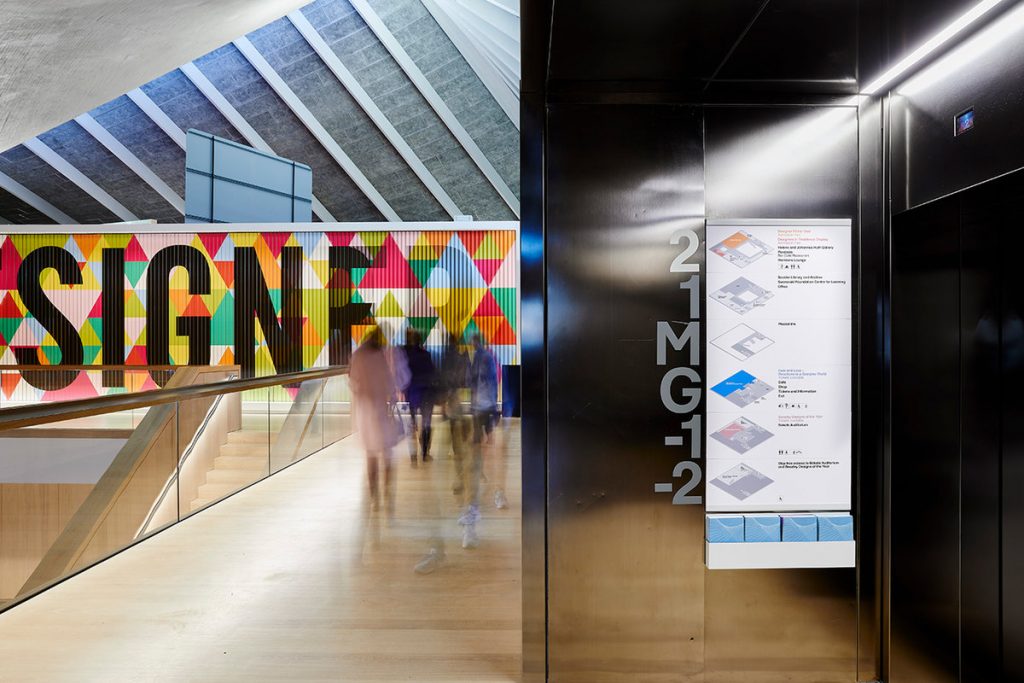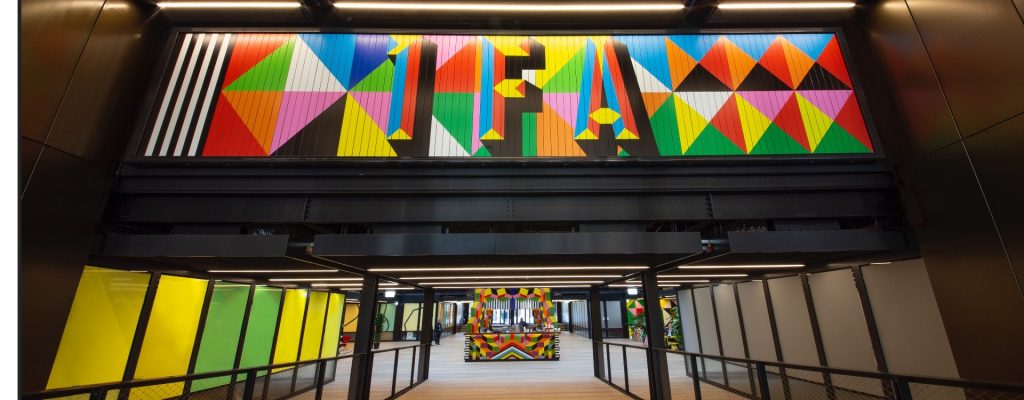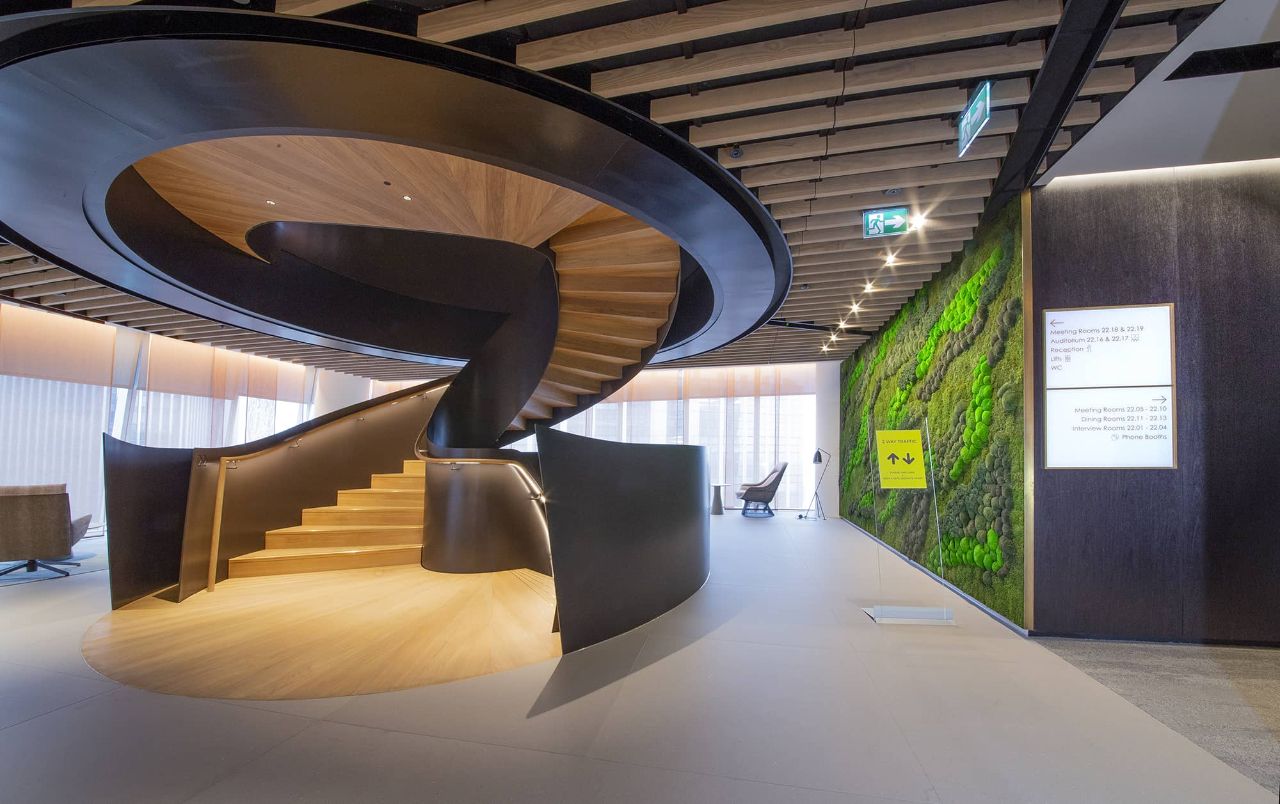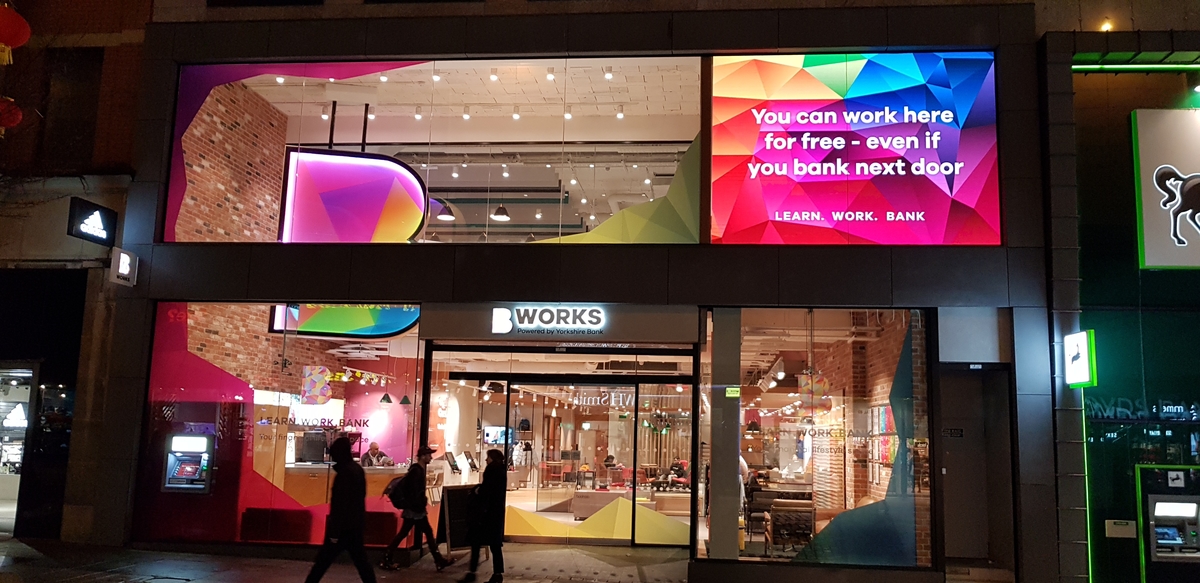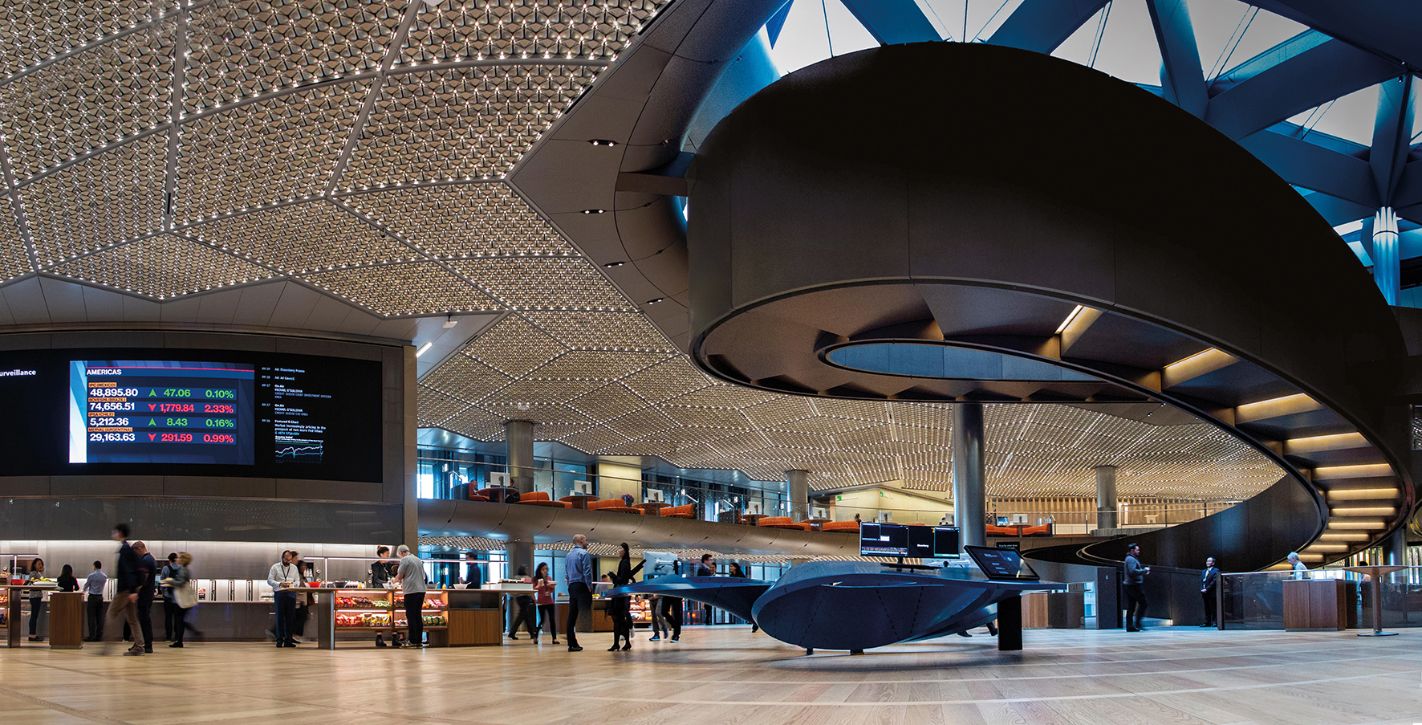COBAL SIGN SYSTEMS
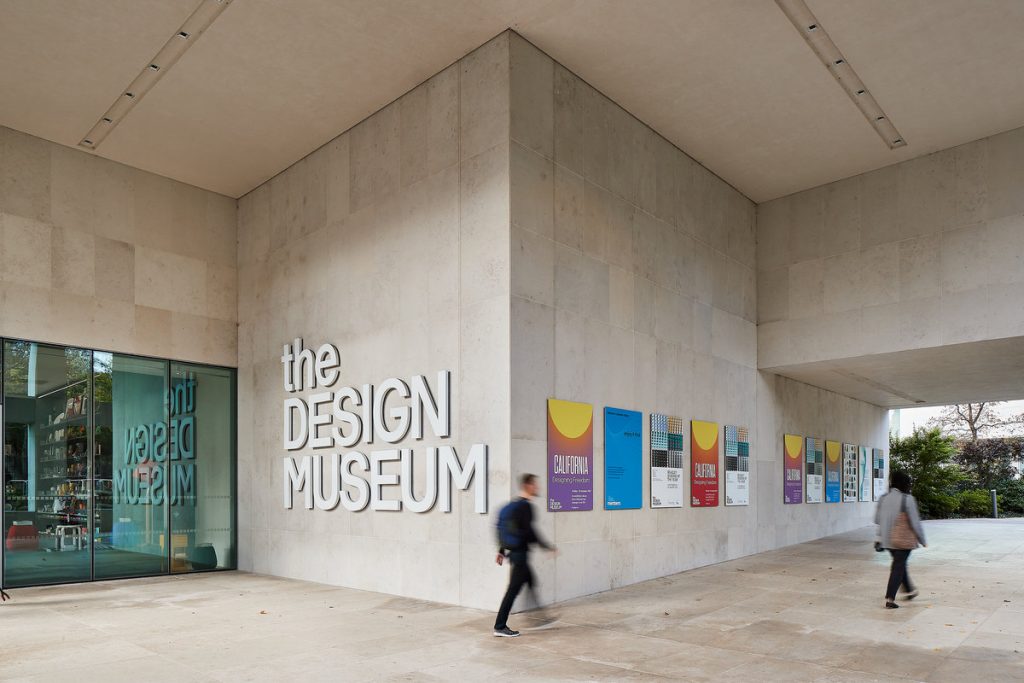
Project Name: Design Musuem
Client: Design Museum
Sector: Museum and heritage
Location: London (England)
Role: Cobal partnered with Cartlidge Levene and architects John Pawson, to create wayfinding, placemaking and signage that enriches the character and personality of the Museum’s new home in South Kensington.
The Brief: Following a £23 million transformation, the Design Museum moved to the formerly derelict 10,000 sq metre Royal Commonwealth Institute building in Holland Park. To rejuvenate the building, the space was redesigned by architects John Pawson. It took on a new identity created by Fernando Gutiérrez, and a new wayfinding scheme developed by Cartlidge Levene.
Cobal’s brief was to produce wayfinding, placemaking and signage that would create a harmony between all aspects of the visitor journey and the building, while also delivering on the Museum’s aim to be a hub for “contemporary design and architecture and an international showcase of design skills.”
The identity of the Design Museum is crisp and clean, with signage and wayfinding scheme that uses the Schulbuch typeface and the seminal pictograms designed by Otl Aicher in the 1970s.
Outcome: By paying homage to the character of the new building and the design heritage of the Museum as an institution, the scheme delivers a narrative that segues into a portfolio of beautifully crafted signs that effortlessly create a visually engaging and informative guide around the Museum.
With the scale and importance of the building in mind, developing the designs for this prestigious project was undoubtedly one of the most demanding projects Cobal have undertaken in their 38-year history. Highlights included the Otl Aicher icons which were made to provide both information and appear as an exhibit. Cobal achieved this by making them from acrylic panels and placing them in folded metal holders, creating the feeling that the pictograms are framed objects on display.
Further design elements in the scheme included the external signage, flag poles, a series of engraved Corian panels, English oak lettering, manifestations and interactive touch-screen displays that could be updated with each new exhibition.
The result is simply stunning, with Deyan Sudjic OBE, Director of The Design Museum stating: “The signs are the jewels of the building.“
Case Study Submitted by Cobal Sign Systems, (info@cobal.co.uk).
